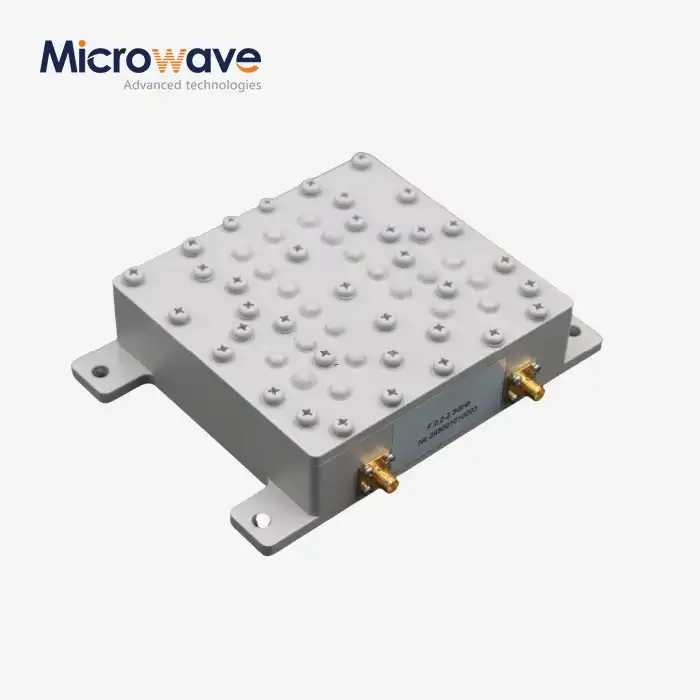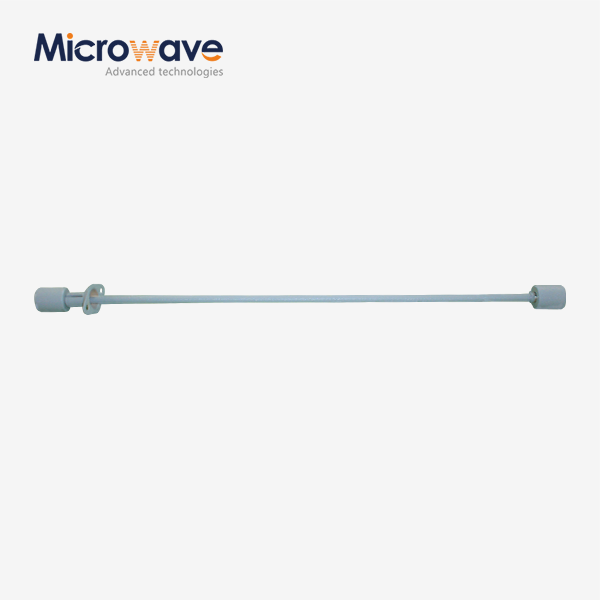From Prototype to Production: Why Standard Horn Antenna Matters in R&D
In research and development environments, engineers face a persistent challenge: how to validate electromagnetic designs efficiently without compromising accuracy or wasting valuable time on unreliable testing equipment. The Standard Horn Antenna emerges as the critical solution that bridges the gap between theoretical concepts and production-ready systems. When prototype testing fails due to inadequate reference standards or inconsistent measurement tools, entire project timelines collapse, budgets overrun, and innovation stalls. This article reveals why the Standard Horn Antenna has become an indispensable asset in R&D laboratories worldwide, demonstrating how its precision, reliability, and versatility transform the development cycle from uncertain experimentation to confident production deployment.
Why Standard Horn Antennas Are Essential Reference Tools in R&D?
The Standard Horn Antenna serves as the cornerstone of electromagnetic measurement and calibration in research facilities, providing engineers with a known, predictable reference against which all other antenna designs can be evaluated. In R&D environments, where accuracy determines whether a project advances or requires costly redesign, having a reliable benchmark is non-negotiable. The horn antenna's flared waveguide structure ensures consistent radiation patterns and minimal signal distortion across wide frequency ranges, making it the gold standard for comparative analysis. Research teams working on next-generation communication systems, radar technologies, or satellite equipment rely on Standard Horn Antennas to establish baseline performance metrics before investing in custom designs. The antenna's ability to operate efficiently from 1 GHz to 110 GHz means a single reference tool can support multiple research initiatives spanning different frequency bands, eliminating the need for numerous specialized instruments. Advanced Microwave Technologies Co., Ltd. manufactures these precision instruments with gain values ranging from 10 dB to 25 dB, engineered to meet strict industry standards with VSWR specifications of 1.5:1 or better, ensuring researchers obtain measurements they can trust throughout the development process.
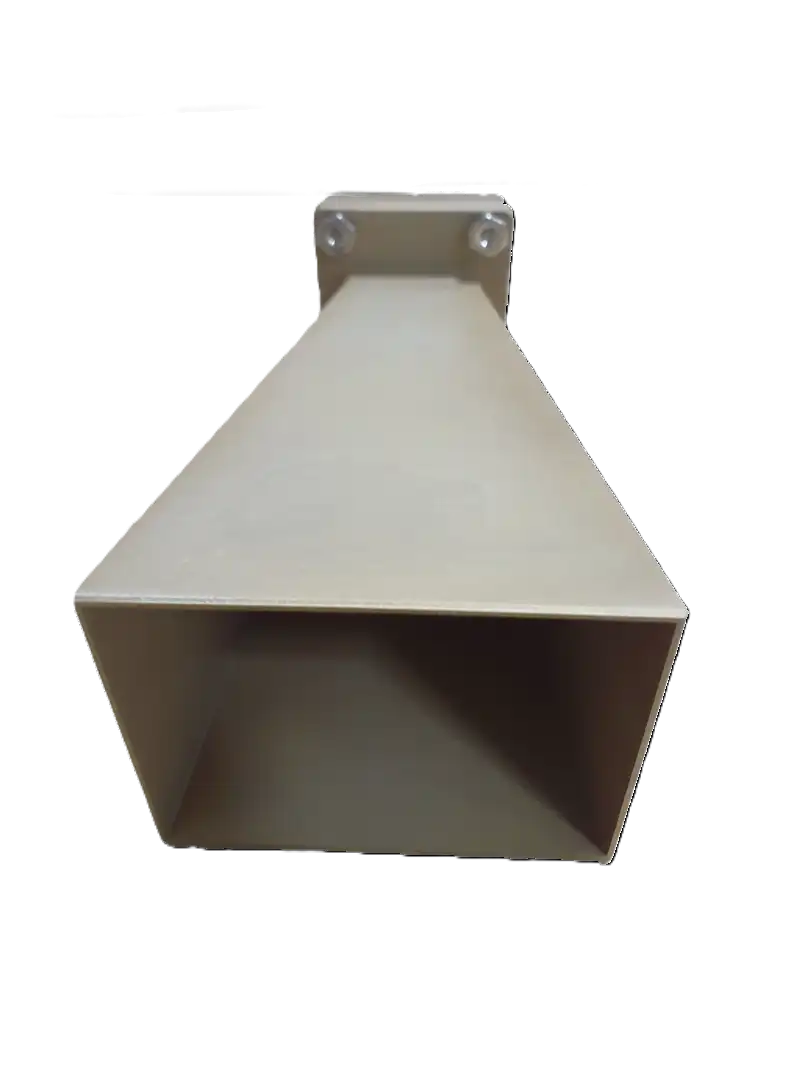
Accelerating Prototype Validation With Reliable Standards
Prototype validation represents one of the most time-consuming phases in any R&D project, where design assumptions must be rigorously tested against real-world performance. Standard Horn Antennas dramatically reduce validation time by providing immediate, accurate feedback on antenna radiation patterns, gain characteristics, and impedance matching. Engineers conducting antenna range measurements use horn antennas as transmitting or receiving reference sources, creating controlled test environments where prototype performance can be isolated and analyzed. The lightweight, corrosion-resistant construction of modern Standard Horn Antennas enables quick setup and repositioning during testing sequences, allowing research teams to iterate rapidly through multiple design variations. Laboratories equipped with proper horn antenna references can complete a full characterization cycle in hours rather than days, identifying design flaws early when corrections are still inexpensive. The directional characteristics and wide bandwidth of horn antennas make them particularly valuable for testing directional prototypes such as phased arrays, reflector antennas, or specialized communication devices. By establishing measurement consistency across different test sessions, Standard Horn Antennas eliminate the variability that often plagues early-stage development, giving project managers confidence in their go/no-go decisions before committing to full-scale production.
Supporting Multi-Frequency Research Initiatives
Modern R&D laboratories rarely focus on a single frequency band; instead, they juggle multiple projects spanning diverse applications from millimeter-wave 5G systems to traditional microwave radar. Standard Horn Antennas with broadband compatibility support this multi-faceted research approach by functioning effectively across extensive frequency ranges without requiring constant recalibration or equipment substitution. The ability to cover frequencies up to 110 GHz positions these antennas at the forefront of emerging technologies, including 6G communications, automotive radar, and advanced satellite systems. Research institutions conducting fundamental electromagnetic studies appreciate the horn antenna's stable, predictable behavior across frequency sweeps, enabling accurate data collection for theoretical validation. Defense contractors developing classified radar systems benefit from the antenna's precision engineering, which minimizes measurement uncertainty in sensitive applications. The polarization versatility of Standard Horn Antennas, available in both linear and circular configurations, accommodates diverse research requirements without necessitating separate specialized equipment. Advanced Microwave Technologies Co., Ltd. offers customizable designs with tailored frequency ranges and dimensions, ensuring that researchers working on cutting-edge projects receive instruments specifically optimized for their unique parameters rather than compromising with off-the-shelf solutions that partially meet their needs.
Transitioning From R&D to Production With Confidence
The journey from successful prototype to manufactured product involves numerous technical and logistical challenges that can derail even the most promising innovations. Standard Horn Antennas play a pivotal role during this critical transition by maintaining measurement continuity between research and production environments. When development teams validate designs using horn antenna references, production facilities can replicate those same measurement conditions to verify that manufactured units match prototype specifications. This consistency eliminates the common problem where prototypes perform excellently in laboratories but fail quality control during mass production due to measurement discrepancies. Manufacturing engineers use Standard Horn Antennas to establish acceptance testing protocols, creating objective pass/fail criteria based on the same reference standards used during development. The durable construction of quality horn antennas, built from aluminum alloy or brass with corrosion-resistant coatings, ensures these reference tools maintain calibration accuracy throughout years of intensive use across multiple production runs. Companies transitioning products from low-volume specialty manufacturing to high-volume commercial production particularly value the horn antenna's ability to scale testing procedures without compromising accuracy. Advanced Microwave Technologies Co., Ltd. supports this transition through rigorous testing protocols, verifying every Standard Horn Antenna unit with state-of-the-art measurement equipment in their 24m Microwave Darkroom before delivery, guaranteeing that production teams receive instruments meeting the same exacting standards their R&D colleagues depend upon.

Establishing Production Quality Control Standards
Quality control in antenna manufacturing demands objective, repeatable measurement methods that detect deviations from design specifications before defective units reach customers. Standard Horn Antennas enable production facilities to implement comprehensive testing regimes where every manufactured antenna undergoes comparative evaluation against a known reference. Production engineers configure automated test stations using horn antennas as either transmitting sources or receiving references, creating controlled measurement environments that eliminate ambient interference and operator variability. The stable radiation patterns of Standard Horn Antennas ensure that measurement results remain consistent across different test operators, shifts, and even facilities when multiple production sites require standardization. Companies producing antennas for aerospace and defense applications face stringent qualification requirements that mandate traceable calibration chains; horn antennas with documented performance characteristics satisfy these regulatory demands while providing practical testing functionality. The easy integration capabilities of modern Standard Horn Antennas, designed with standard connector types including SMA and N-Type interfaces, allow seamless incorporation into existing production test equipment without extensive system redesign. Advanced Microwave Technologies Co., Ltd. provides technical consultation to help production facilities optimize their quality control processes, recommending appropriate horn antenna specifications and test configurations based on specific manufacturing requirements and volume expectations.
Reducing Time-to-Market Through Proven Methodologies
In competitive technology markets, reducing development cycles while maintaining product quality creates significant commercial advantages. Organizations that standardize their antenna testing methodologies around proven reference tools like Standard Horn Antennas can compress time-to-market by eliminating uncertainty and reducing iterative testing loops. When development teams and production engineers use identical measurement standards, the handoff between departments becomes seamless, avoiding the costly rework cycles that occur when manufacturing discovers the prototype specifications cannot be reliably reproduced. Project managers overseeing antenna development programs appreciate how horn antenna references provide clear milestone validation, enabling confident advancement through stage gates without the ambiguity that plagues projects lacking proper measurement infrastructure. The extensive product applications of Standard Horn Antennas across satellite communications, aerospace defense, telecommunications, and academic research demonstrate their versatility in supporting diverse development timelines and production scales. Companies launching new products can leverage existing horn antenna infrastructure for multiple projects, amortizing capital equipment investments across broader product portfolios. Advanced Microwave Technologies Co., Ltd. offers rapid prototyping services and quick turnaround on custom horn antenna configurations, ensuring that development teams waiting for specialized measurement tools don't face bottlenecks that delay their critical path activities.
Technical Advantages That Matter in Real-World R&D
Beyond basic functionality, the technical specifications of Standard Horn Antennas directly impact research quality and production efficiency in ways that become apparent only through practical application. The optimized structure that minimizes transmission loss ensures signal integrity during measurements, preventing the artificial degradation that would lead researchers to over-engineer their designs or mischaracterize performance limitations. Wide frequency coverage eliminates the testing gaps that occur when laboratories must switch between multiple reference antennas for different frequency bands, reducing setup time and avoiding calibration uncertainties introduced during equipment changes. Precision engineering that delivers superior radiation patterns enables researchers to discriminate between subtle design variations that might be masked by measurement artifacts from inferior reference standards. The high efficiency of Standard Horn Antennas means measurements can be conducted at lower power levels, improving safety in laboratory environments while reducing electromagnetic interference that could compromise sensitive experiments. Customizable design options address the reality that innovative R&D often pushes beyond standard specifications, requiring specialized tools that commercial off-the-shelf products cannot adequately support. The rigorous testing that every horn antenna unit undergoes ensures researchers receive instruments with documented, verified performance rather than nominal specifications that may not reflect actual behavior.
Material Quality and Environmental Resilience
Research and production environments expose measurement equipment to diverse conditions ranging from temperature-controlled laboratories to factory floors with significant thermal cycling and mechanical vibration. Standard Horn Antennas constructed from robust materials like aluminum alloy or brass with protective coatings maintain dimensional stability and electrical performance across these challenging conditions. The corrosion resistance built into quality horn antennas protects against degradation in humid coastal facilities or industrial environments where airborne contaminants might compromise lesser instruments. Lightweight construction facilitates frequent repositioning during research activities without risking damage from handling, while sturdy mechanical design prevents deformation that would alter radiation patterns and invalidate calibration. Advanced Microwave Technologies Co., Ltd. recognizes that researchers working in field testing scenarios, such as satellite ground station development or outdoor radar evaluation, require equipment that withstands environmental extremes without performance compromise. Their Standard Horn Antenna line incorporates special coatings for enhanced durability as an available option, extending instrument lifespan in demanding applications. The long-term reliability of properly constructed horn antennas delivers significant economic value by eliminating premature replacement costs and maintaining measurement consistency throughout multi-year research programs or product lifecycles.
Conclusion
Standard Horn Antennas represent an essential investment for any organization serious about electromagnetic R&D and production quality. Their proven reliability, technical precision, and versatility across applications make them indispensable references that accelerate development timelines while ensuring production confidence. By standardizing measurement methodologies around these trusted instruments, companies reduce uncertainty, compress time-to-market, and deliver products that meet exacting specifications from prototype through volume manufacturing.
Cooperate with Advanced Microwave Technologies Co., Ltd.
Advanced Microwave Technologies Co., Ltd. stands as your ideal partner for high-quality Standard Horn Antenna solutions, backed by over 20 years of manufacturing excellence and ISO certifications including ISO 9001:2015, ISO 14001:2015, and ISO 45001:2018. As a leading China Standard Horn Antenna factory, China Standard Horn Antenna supplier, and China Standard Horn Antenna manufacturer, we offer competitive China Standard Horn Antenna wholesale pricing on Standard Horn Antenna for sale with transparent Standard Horn Antenna price structures. Our High Quality Standard Horn Antenna products undergo verification in our advanced 24m Microwave Darkroom with testing capabilities up to 110 GHz, ensuring unmatched reliability for your R&D and production needs. We provide comprehensive OEM services including custom frequency ranges, rapid prototyping, and expert technical support throughout your project lifecycle. Whether you're developing next-generation communication systems, aerospace defense applications, or academic research initiatives, our experienced team delivers tailored solutions that accelerate your success. Contact us today at craig@admicrowave.com to discuss your specific requirements and discover how our perfect supply chain system, professional technical R&D team, fast delivery, and strong after-sales capability can transform your antenna testing and production processes.
References
1. Balanis, Constantine A. "Antenna Theory: Analysis and Design" - Fourth Edition, John Wiley & Sons, covering fundamental principles of horn antenna design and measurement techniques in research environments.
2. IEEE Standard 149-2021 "IEEE Recommended Practice for Antenna Measurements" - Institute of Electrical and Electronics Engineers, establishing industry protocols for antenna characterization using reference standards.
3. Skolnik, Merrill I. "Radar Handbook" - Third Edition, McGraw-Hill Education, discussing horn antenna applications in radar system development and testing procedures.
4. Kraus, John D. and Marhefka, Ronald J. "Antennas: For All Applications" - Third Edition, McGraw-Hill, examining horn antenna theory and practical implementation in communication systems research.







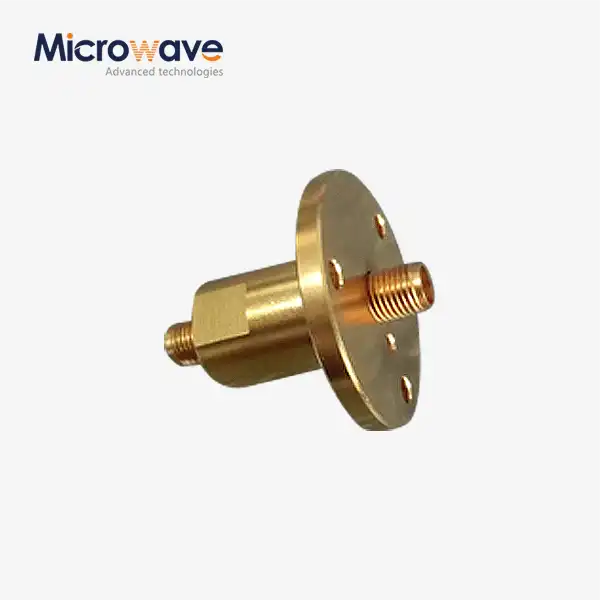
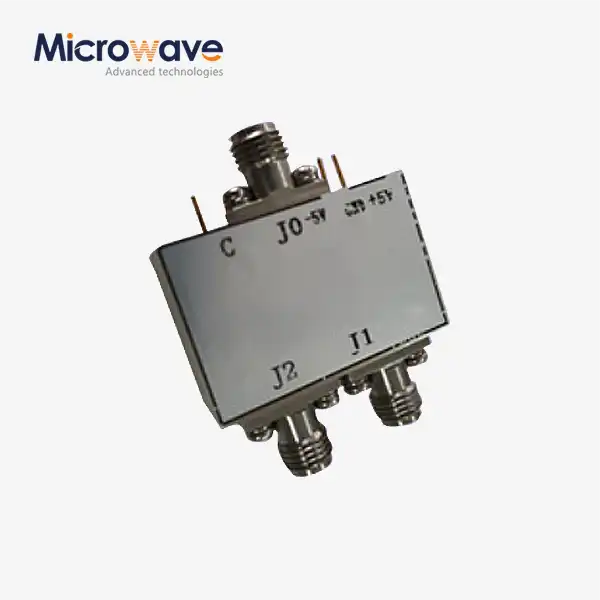
_1733738410152.webp)
